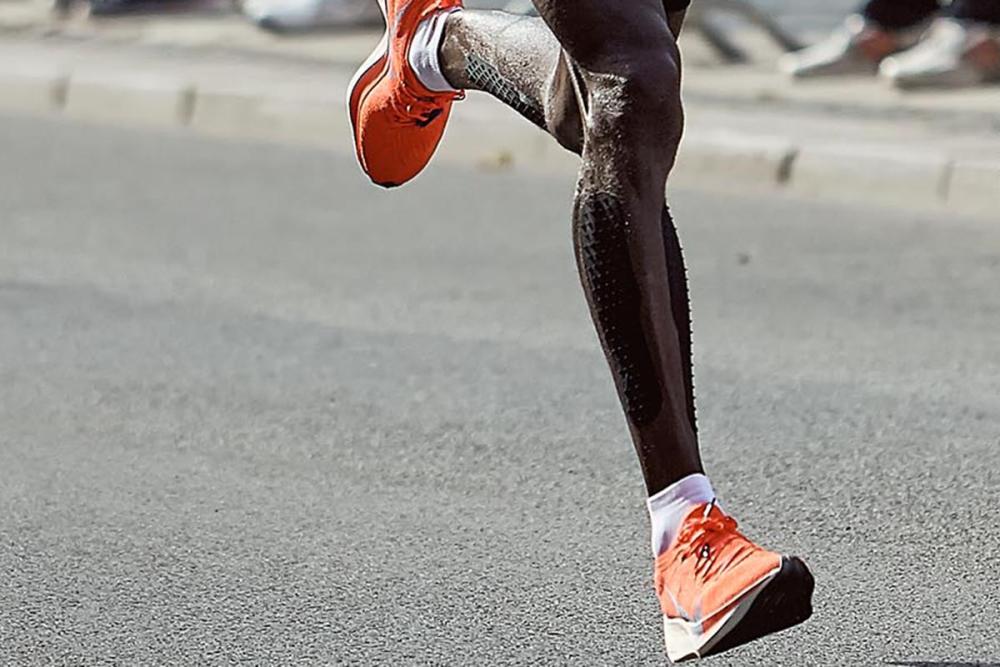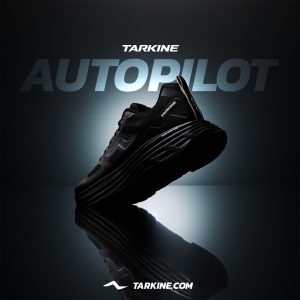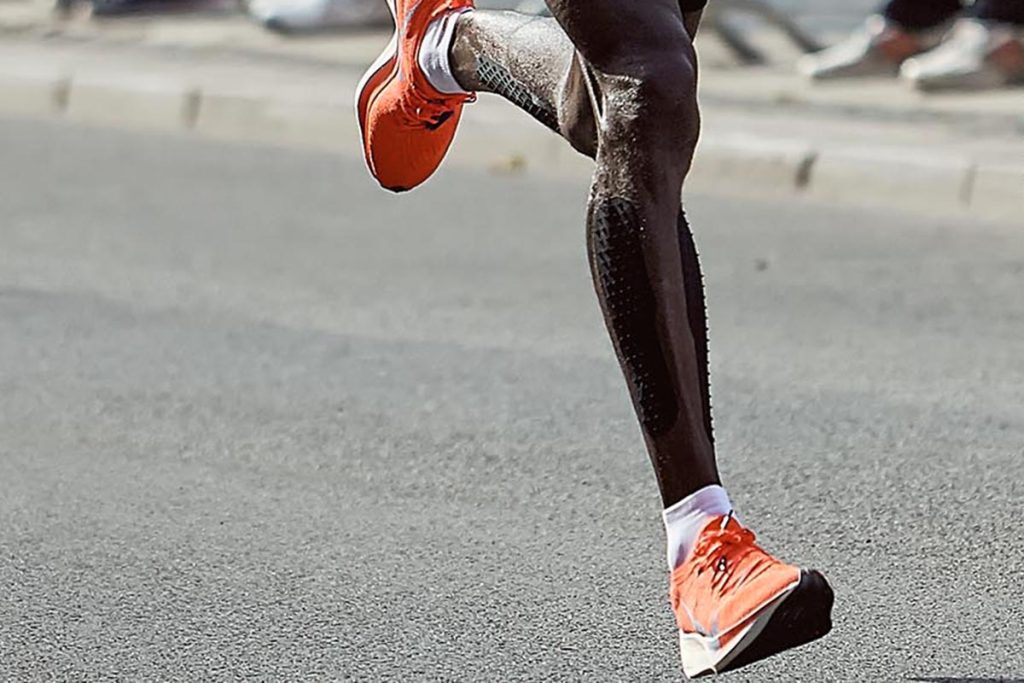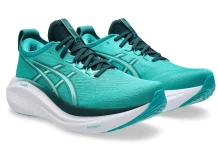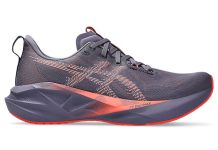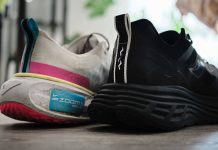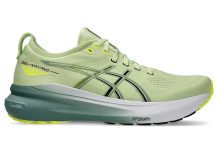In 2016, Nike introduced the Nike Vaporfly, a groundbreaking running shoe that combined polyether block amide (PEBA) foam and a full-length carbon fiber plate. This unique design quickly gained attention for its potential to enhance performance. Athletes wearing these shoes shattered world records, including the sub 2-hour marathon. As a result, other major running companies started developing their own versions of these “super shoes” to meet the new rules set by the International Association of Athletics Federation for the 2021 Summer Olympics.
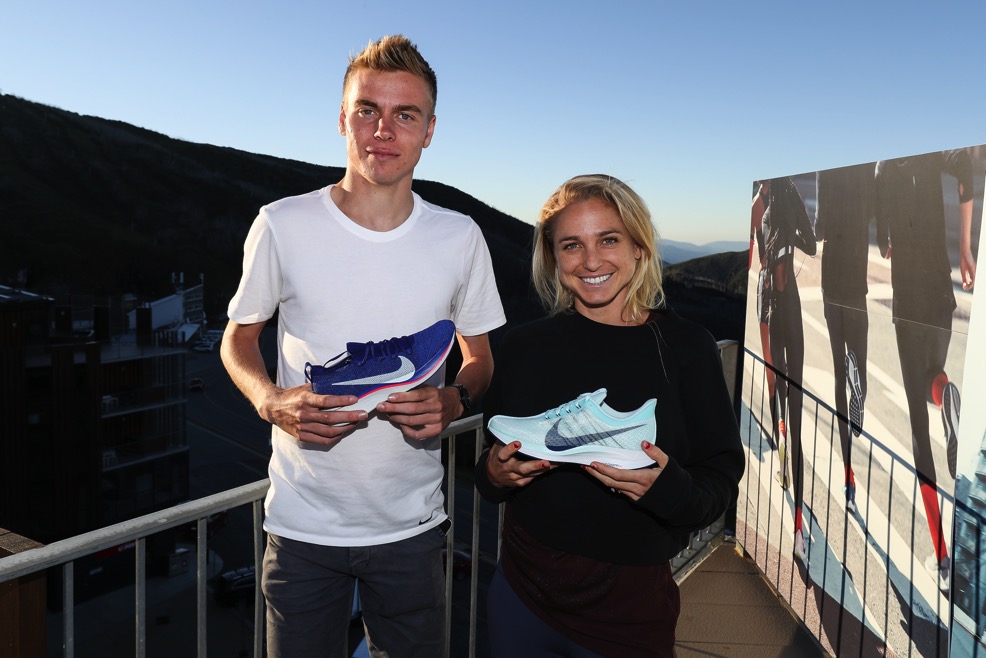
While many companies released similar shoes, most failed to focus on the crucial elements contributing to performance improvement. The key characteristics of these shoes include the PEBA foam for shock absorption and rebound, a tall midsole design (though not always maximalist), and the full-length carbon fiber plate for stability and propulsion.
Extensive research has shown that the PEBA foam and carbon fiber plates significantly improve running economy, resulting in efficiency gains ranging from 2% to 10%. Various performance measures, such as oxygen consumption, stride length, and center of mass oscillation, also show improvement with this footwear. However, it is important to note that the maximalist design with a rockered sole primarily reduces work at the ankle and foot, while redistributing it to the knee and hip.
Contrary to popular belief, the carbon fiber plates only contribute a marginal 1% improvement to the running economy. The real performance booster lies in the PEBA foam, which provides a remarkable 4-6% improvement. Unfortunately, most companies have failed to incorporate PEBA foam in their designs, focusing primarily on carbon fiber plates.
Currently, only Nike with its Vaporfly and Alphafly models, and Saucony with the Endorphin Pro, have correctly executed the use of PEBA foam in their shoes. These companies stand apart, as others have missed the mark by utilizing different foam materials instead of PEBA.
It is worth noting that individual factors play a significant role in the benefits derived from performance running shoes. Recent research suggests that the actual performance improvement varies greatly among individuals, ranging from significant gains to potential detriments. Each person’s unique characteristics must be taken into account when considering the impact of these shoes.
However, it is important to acknowledge that the existing research on running economy and footwear design of performance running shoes is still limited. More comprehensive studies are required to fully understand all the factors that contribute to optimal racing shoes.


